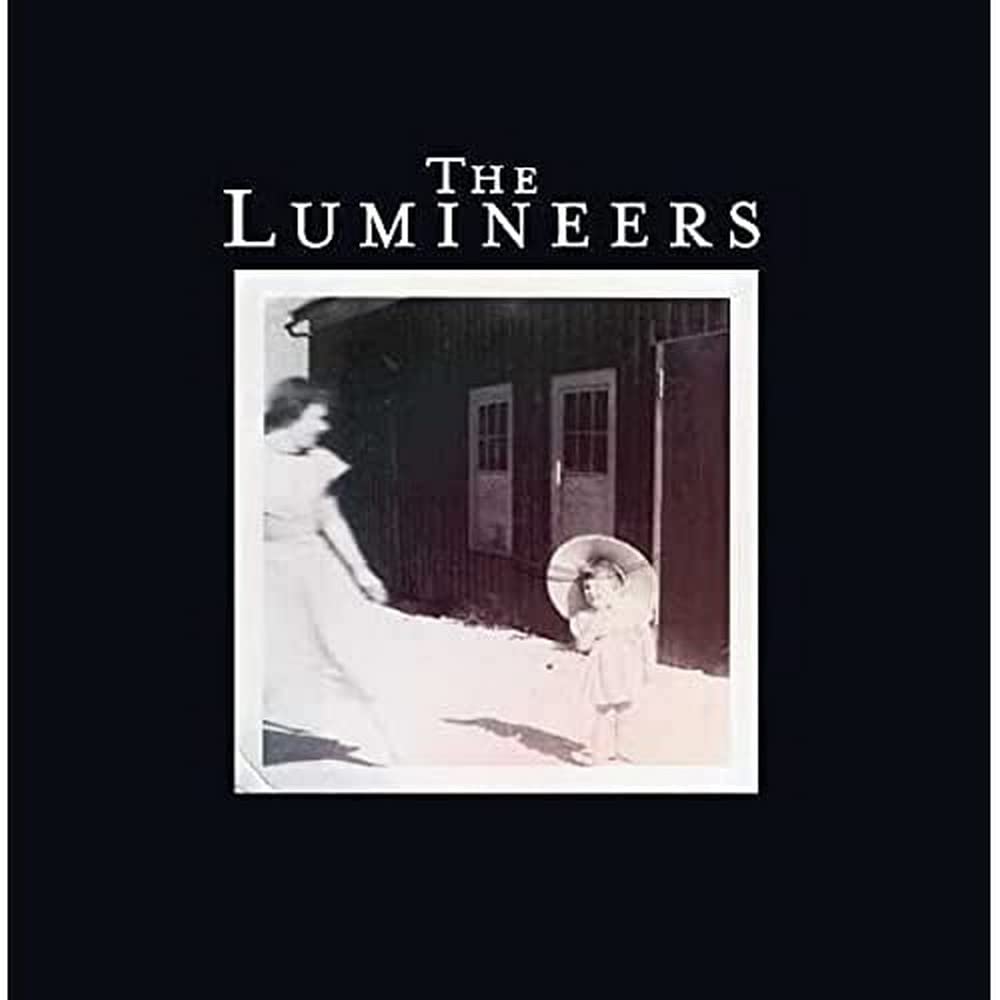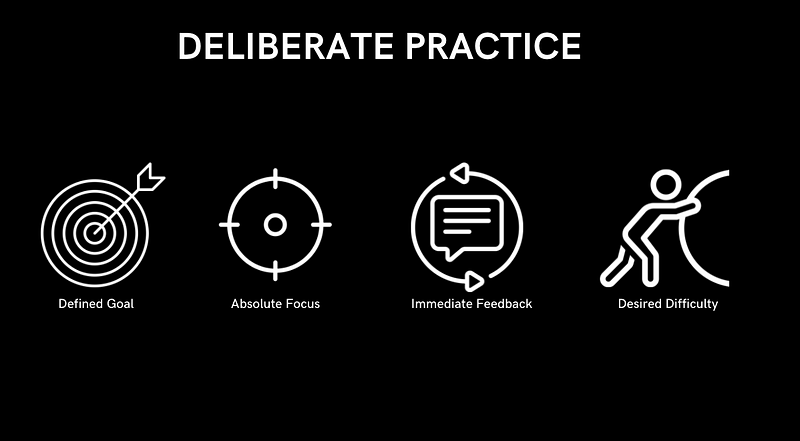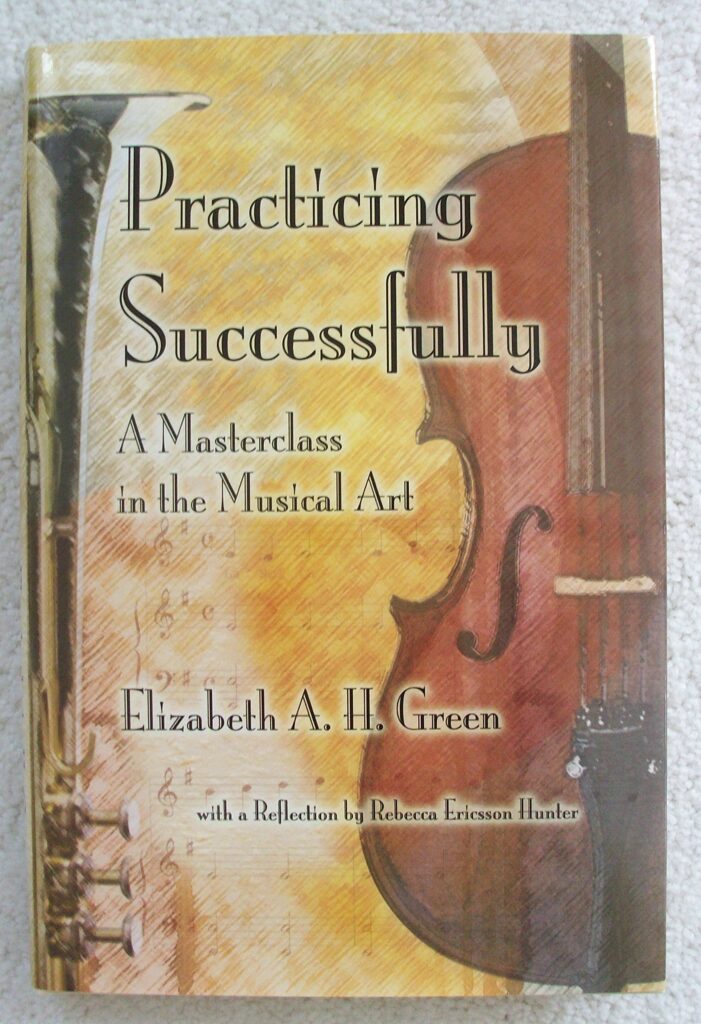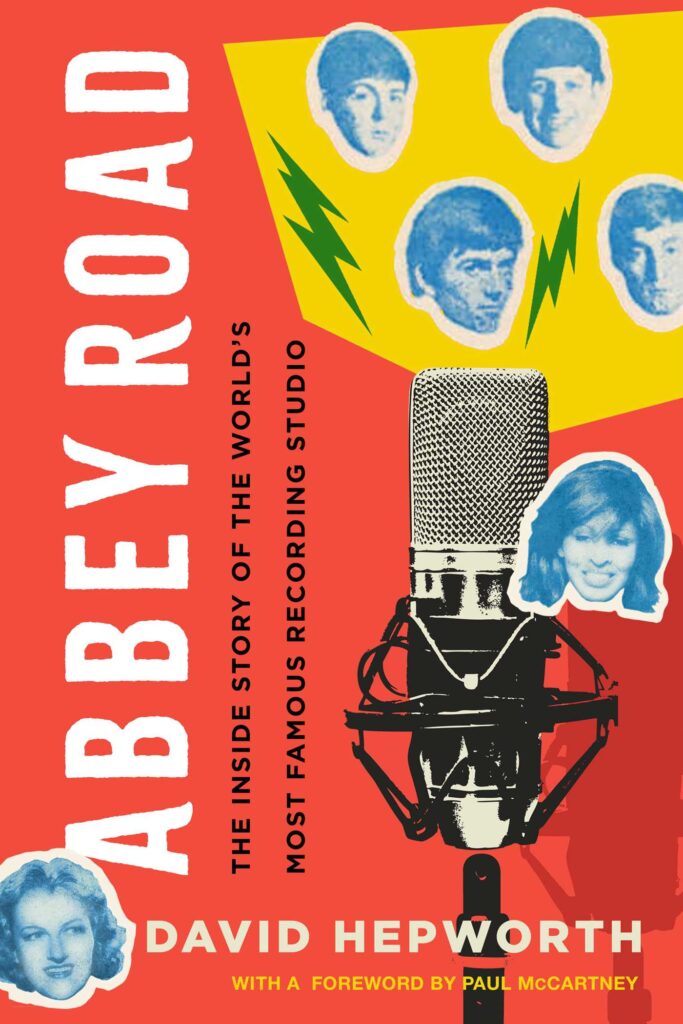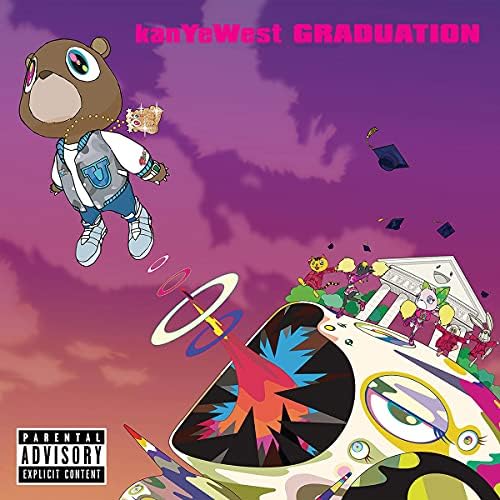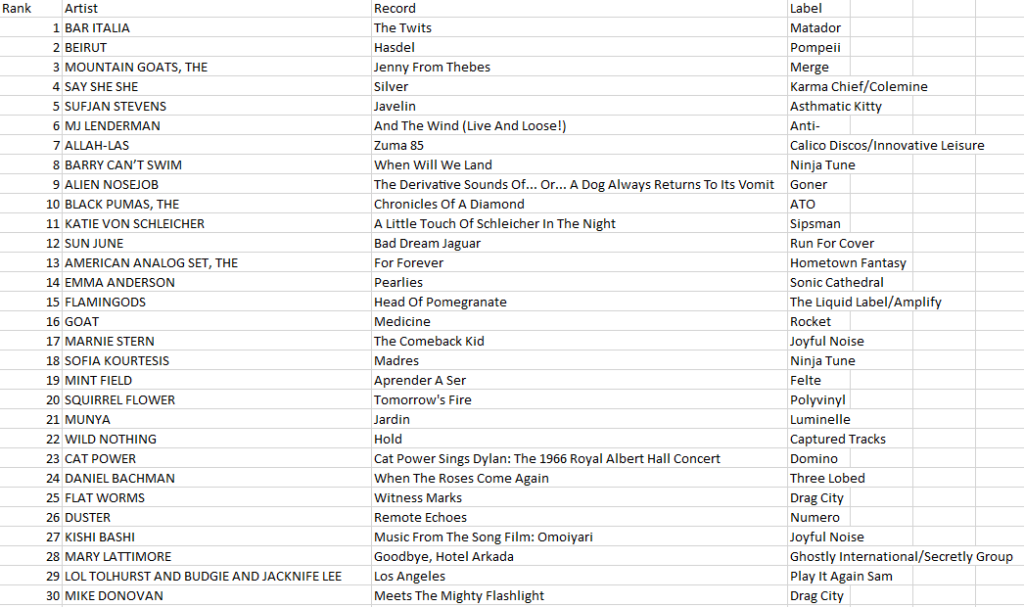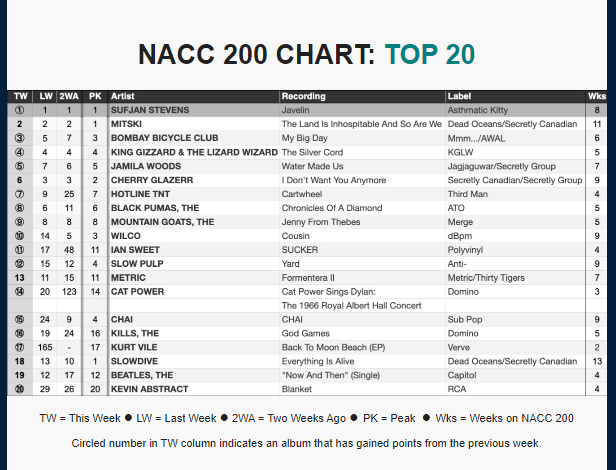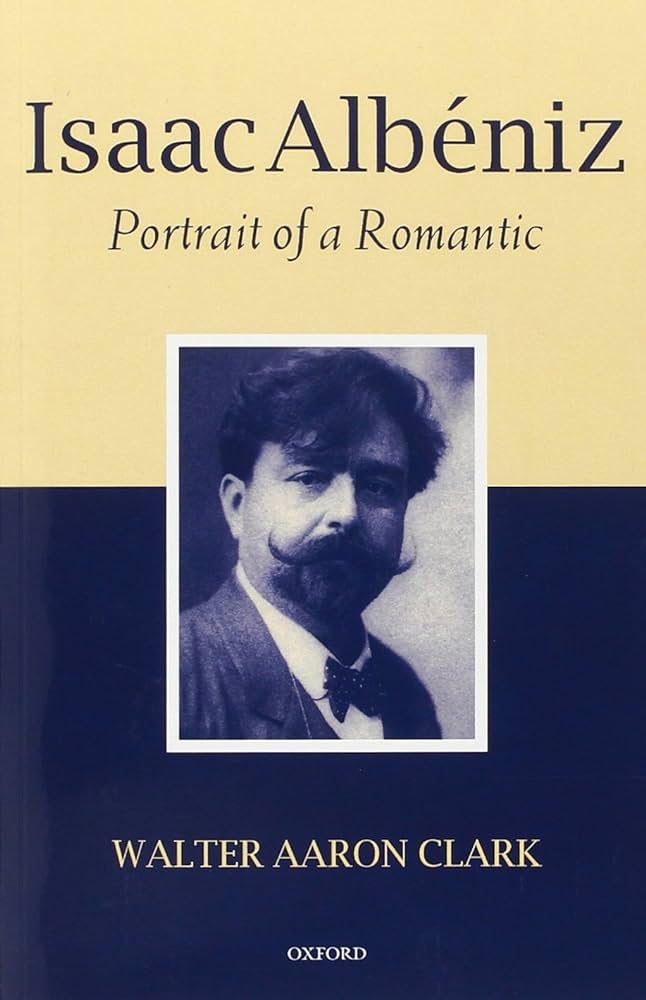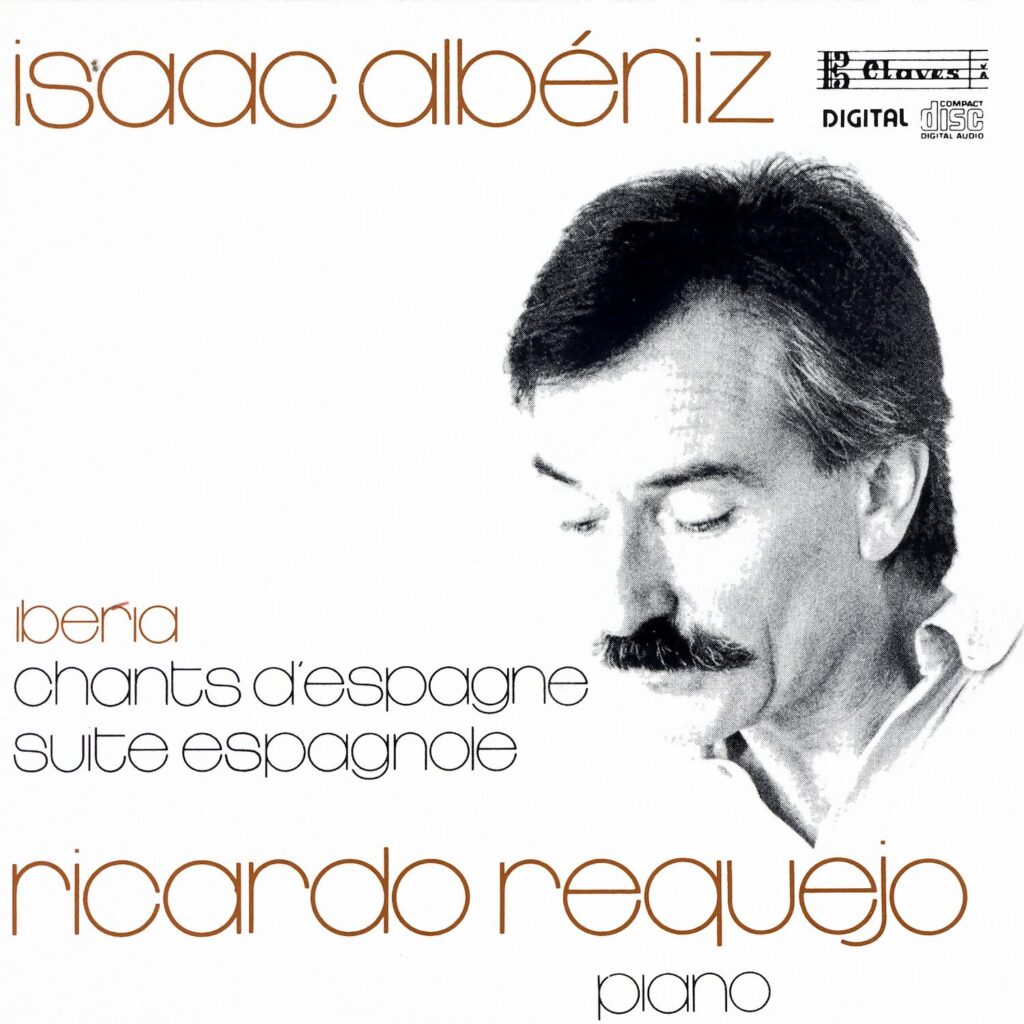Editor’s note: Arachnophonia (“Arachno” = spider / “-phonia” = sound) is a regular feature on our blog where members of the UR community can share their thoughts about resources from the Parsons Music Library‘s collection.
All links included in these posts will take you to either the library catalog record for the item in question or to additional relevant information from around the web.
Today’s installment of Arachnophonia is by student manager Marissa (class of 2025) and features the orchestral score for Back to the Future. Thanks, Marissa!
Back to the Future – Alan Silvestri
One of the most popular movie trilogies of the 1980s, Back to the Future follows Marty McFly, a boy who travels through time in a time machine made out of a DeLorean by local scientist, Doctor Emmett Brown (better known as “Doc”). In the first film, Marty accidentally goes back in time to 1955, and prevents his parents from falling in love. He finds a younger Doc, and they make a plan to get Marty’s parents back together, and then send him back to the future. Throughout the film, you hear a vibrant soundtrack that adds suspense to the story. The composer for this orchestral score, Alan Silvestri, met Back to the Future’s film director, Robert Zemeckis, when he composed the soundtrack for Romancing the Stone (a 1984 Zemeckis film). After the Back to the Future trilogy, Silvestri went on to work with Zemeckis for many, many more years.
If you’re interested in checking out this orchestral score or the scores to your other favorite movies, you can check out this item by Alan Silvestri and many more at the Parsons Music Library today.


